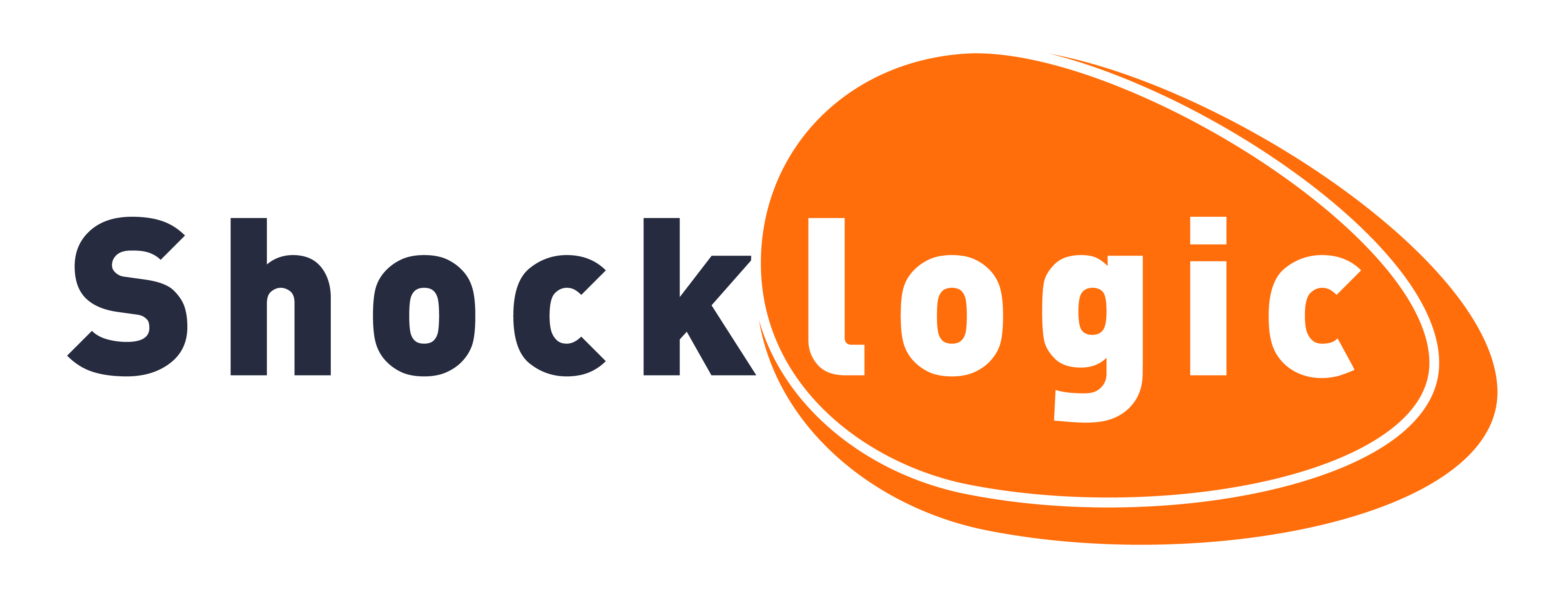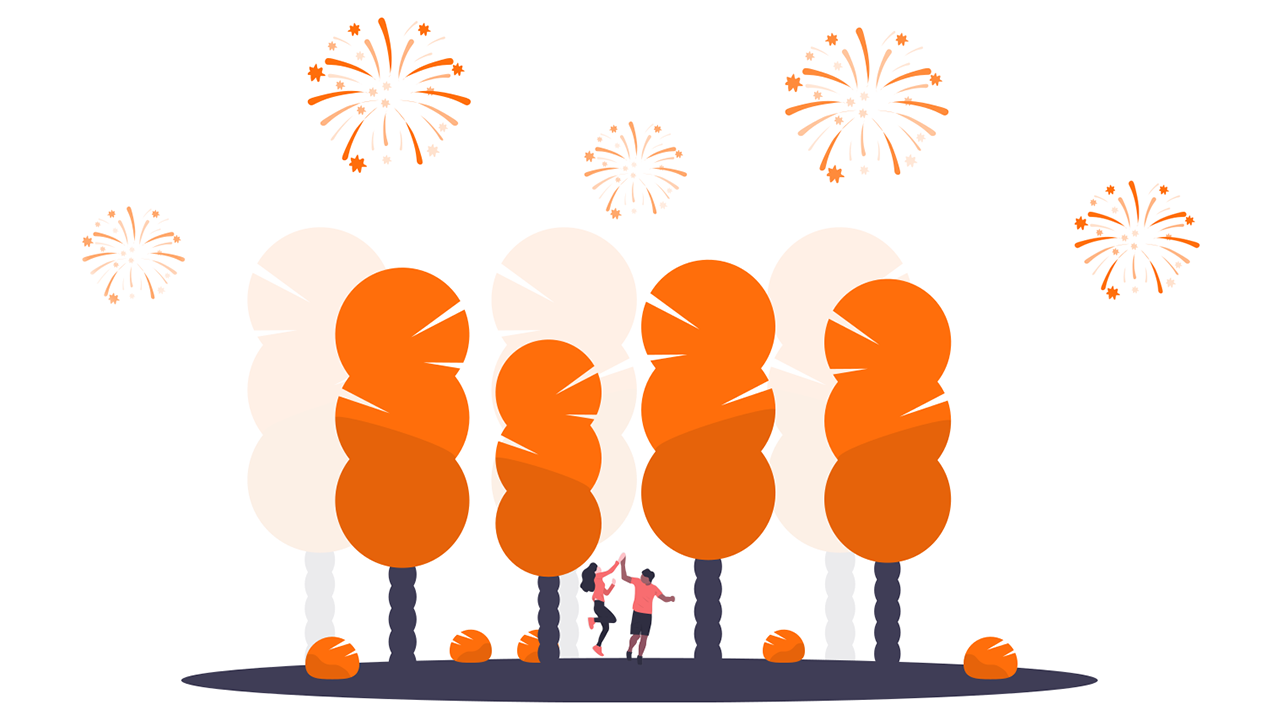What is festivalisation?
As we enter the third decade of the 21st century, the global workforce is becoming increasingly dominated by millennials and Generation Z, and this younger demographic is driving exciting change within the events industry.
With a strong conviction that even business events can (and should) spark enthusiasm, this generation has fuelled a collective recognition of the fact that a forgettable, ho-hum event is a losing scenario for both organisers and attendees. The question this age group started asking is, why can’t all events be more like festivals?
Festivals differ from other events in their unique capacity to foster a sense of community. They bring people together in a profound sense by creating a space for lively interactions and communal enjoyment, with the result that participants leave with shared memories.
Festivalisation, therefore, attempts to harness this emphasis on engagement and togetherness by using elements commonly associated with festivals to make other types of events more dynamic, interactive, and memorable. It exploits the ideas that information should pop and events should be ‘experiences’, and it is one of the most worthwhile trends currently influencing the events industry, even–or perhaps especially–given the recent shift to online platforms.
The ‘new normal’ has made it more difficult, but also more essential, to create these enjoyable, memorable shared experiences, and festivalisation offers useful tools to achieve this in both off and online scenarios. In a world where many face-to-face interactions have been replaced by virtual ones, it’s an idea that might be more important than ever.
Variety and Personalisation
The festivalisation process begins and ends with the concepts of ‘variety’ and ‘personalisation’; the two ideas go hand in hand. Variety is achieved by providing numerous ways to engage with the content you’re offering. It allows you to address a range of preferences and learning styles and avoid a one-size-fits-all, cookie cutter atmosphere. Your event feels more organic and authentic, attendees are able to create their own agenda, and everyone comes away feeling like they’ve had a personalised experience.
Two of the best ways to build variety and personalisation into your event are by telling stories with your content and taking full advantage of modern technology.
Telling Stories with Your Content
The kinds of interaction offered by a ‘festivalised’ event attempt to bridge the gap between business and entertainment to create a richer, more memorable experience on both sides of the coin. One technique for accomplishing this is to apply the power of narrative.
Stories are effective because they elicit an emotional response. More conventional ways of presenting information encourage emotional passivity, but when our emotions are involved, we are more likely to form lasting memories. Storylines can be woven into every aspect of your content and the experience you provide. You could give your whole event a plot, even a hero.
Telling stories is also a powerful way to foster that all-important sense of community. When you watch a film with a group of friends, what’s the first thing you talk about afterward? Stories form the basis of conversations, and nothing creates community like getting people talking to one another.
Incorporating Technology
It has long been established that the more senses that are involved in an experience, the more memorable it is, and technology provides the ultimate path to multisensory engagement. Thanks to the tech revolution, we have more ways than ever before to create varied, interactive content, and the use of technology is an essential aspect of any festivalised event, whether online or in person.
Online events can take advantage of the fact that every participant will be using personal technology to get people to collaborate with one another. This can be achieved via gaming elements, augmented reality, apps, and internet-based activities. In-person events can go a step further to incorporate platforms such as virtual reality and wearable tech.
Like stories, tech-based experiences create shared memories and provide excellent conversation starters, both during and after your event. They even allow you to take the storytelling idea one step further by directly involving your attendees in the story creation process.
Festivalisation and event promotion
Importantly, festivalisation should also be taken into account during the promotional phase of your event. You want your pre-event content to be as engaging and interactive as the event itself.
The promotional tools associated with social media are perfect for creating a “festivalised” pre-game buzz. Apps and hashtags help you to create a mini social network which corresponds exclusively to your event, and they are an invaluable tool for helping attendees connect with one another even before your event begins.
Another important strategy associated with the promotional side of festivalisation is creating FOMO, or fear of missing out. You can take full advantage of the various types of content social media allows you to post–text, images, and video–to share ‘teasers’ containing enticing details about your event. By giving attendees a taste of what will be on offer, you create an insider experience that helps them form a connection with your message or your brand, as well as a spirit of anticipation for the event itself.
For online events, it is especially important to set the stage with excitement and establish an early precedent for engagement. Finally, keep in mind that the more dynamic an experience you create during the promotional phase, the more your attendees will post about it on social media, and you can harness the power of ‘sharing’ to get your participants to promote the event for you.
More than a buzzword
Sure, ‘festivalisation’ is a buzzword, but it has become a buzzword for a very good reason, and it is really much more than that. The sense of community and shared enjoyment it creates are two of the most powerful experiences you can associate with your brand.
The lack of physical interaction which is an inevitable aspect of online events creates undeniable challenges, but festivalisation provides exciting tools to mitigate these obstacles. Tactics like telling stories and using technology make people feel like they are part of something bigger, something exciting, and they can be applied to both virtual and ‘real-life’ events.
Whether online or off, creativity is key at every stage of the process. Rather than one-dimensional consumer encounters with your brand or your product, festivalised events create multi-sensory, interactive experiences that engage emotions and create lasting impressions.
Written by Angie Harms, Copywriter/Proofreader

